Pohela Boishakh - Bengali new year
Pahela Baishakh or Bengali New Year, also called Pohela Boishakh, is the traditional new year day of the Bengali people. This day is celebrated as New Year in Bangladesh. It is a universal folk festival of Bengalis. On this day, new year is celebrated in the lively environment. New Year is the symbol of welfare and new life. New Year is celebrated for the sake of forgetting the mistakes and failures of the past and for new happiness and peace. On this day, all public private companies are closed.
Once upon a time the New Year was celebrated as a festival or festival of festivals. Then there was a close relationship with agriculture, because agriculture was seasonal. In view of this farming, Mughal Emperor Akbar introduced Bengal on 10/11 March 10, 1584 and it came into effect from the time of his ascension (5 November 1556). Based on the Hijri Chandraseen and Bengali Solaris, the Bangla calendar was introduced. The new moon was first known as 'crop sugar', later it became known as Bangaband.
The Bengali New Year celebrations started mainly from Akbar's time. At that time, the farmers of Bengal used to pay the rent of zamindars, talukdars and other landlords till the last day of Chaitra month. The next day the landlords used to sweeten them. On this occasion, fair and other events were arranged. Gradually, Pahela Baishakh became closely associated with family and social life, and became a festival-oriented and Bengali New Year was celebrated as Happy New Year.
In the past, the main festival of the Bengali New Year was Halkhata. This is an economic affair. The traders of the village-Ganj-city open their accounts in the beginning of the New Year and open a new account book. On this occasion, they distributed sweet sweets inviting new and old customers and newly formed business links with them. The traditional festival is celebrated today.
The New Year festival is closely related to the rural life of Bengal, so the day is especially significant for the common people of the village. Usually they keep the house clean during the New Year, washing the utensils and cleaning them in the morning. They feel good for the future to eat well, to be good and to wear good on this day. In the New Year, relatives, friends and neighbors arrive in the house. Due to the consumption of various foods including sweet-patta-paise, the dhum falls. New year greetings exchange with each other. New year greetings are also exchanged by giving gifts to loved ones, which are now widely popular in urban areas.
Baishakhi Mela makes the festival celebrating Navabarshan. This is basically the universal folk fair. The fair is very enjoyable. Local farms, mercenary, folk art products, cottage industries, all kinds of handicrafts and potters are available in the fair. Apart from this, there are diverse collections of children's toys, women's decoration and various folk cuisines such as chira, muti, khaoy, lathas, various types of sweets etc. There are also arrangements for entertainment in the fair. There are folk musicians and folk songs from different regions of Bangladesh. They performed regional songs such as Jatra, Palagan, Kabigan, Jarigan, Ghambeer Gaan, Gajir Gun, Alkap Gun and various folk songs, Baul-Marfati-Murshidi-Bhatili etc. Laili-Majnu, Yusuf-Julekha, Radha-Krishna etc. were also presented in the narrative. Special exhibitions of the film exhibition, drama, puppet show, Nagrodola, circus etc. Bioscope also attracts children and teenagers. In the urban areas of the city, now the Baishakhi fair is held and this fair becomes an unannounced meeting fair for the Bengalis. Boishakhi Mela is a celebration of the folk culture of Bangalis.
The places where the Boishakhi fairs are held in Bangladesh are: Narayanganj, Munshiganj, Manikganj, Savar, Pyarband of Rangpur, Fulchhari Ghat area of Dinajpur, Mahasthangarh, Comilla's Langkalot, Chapainawabganj, Maheshpur, Satgachi in Khulna, Mymensingh-Tangail area, Jaflong of Sylhet, Manipur, Barisal Basakkathi-Batnatala, Gopalganj, Madaripur, Tungipara and Mujibnagar areas. Boishakhi Mela near Shuvadhaye near Dhaka, Snanakata fair of Tongi, Mirpur Diganga fair, Solaratek fair, Shyamsiddhi Mela, Bhagyakul Mela, Kumutia Mela and Rajnagar Mela are notable. Dinajpur's Fultoli, Rani Shankail, Shishuli Baishakhi Mela of Rajshahi now form a big festival.
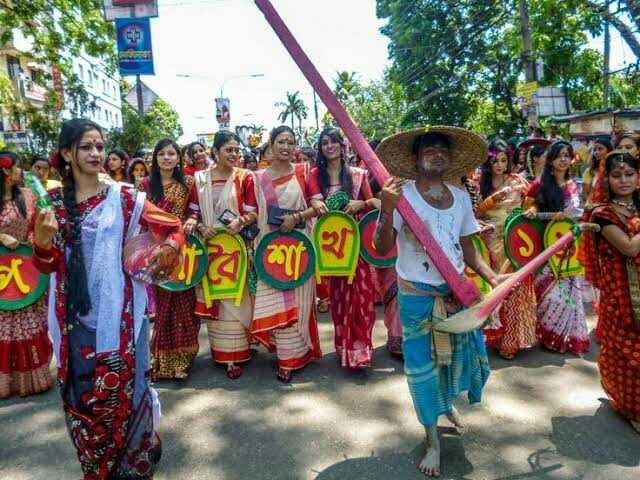
Many old festivals related to the New Year have been abolished in the evolution of the time, and many new festivals have been added. With the abolition of the permanent settlement, the extinction of the Poona festival is abolished. Then the first Baishakh was the day of Punyah of zamindars. The Katha of Dhaka and the racing race of Munshiganj were once very splendid. But horse racing, bullshit, cock-fighting, pigeon-boat, boat bikes, snake charming etc., with the addition of Adu, are popular in rural Bangladesh. Among the current regional events, the Ballykhala of Chittagong and Ghamhari of Rajshahi were held in high spirits and enthusiasm.
At present, city-culture is celebrated as a very beautiful new year. New Year's Celebration begins with the arrival of the rising Sun in the morning of the first Boishakh. At this time, the residents of the big park gather in large gardens or by the lake to witness the new sun. Artists performing the music welcoming the New Year. Generally, people of all classes and all age groups wear traditional Bengali clothes. To welcome the New Year, young people wear white sari, banglades, flowers, necklaces, necklaces and forehead tips; And the boys later pajama and Punjabi. Some later dhoti-punjabi. Today morning drinking water is turned into a fashion. Hilsa fish fry with it. Thus, a lot of rural heritage is being preserved by following some of the festive rituals.
The capital city of Dhaka was organized to celebrate the excitement and enthusiasm. Here the festival of Baishakhi festival is organized by a Milan Mela. On the first day of the New Year Ramna Udyan and the surrounding areas were created in the public bonds of national bonds. At the initiative of the Chayant, the new year was celebrated by Rabindranath Tagore's upcoming song 'Asa ha Baishakh Aso Aso'. In 1372 BC (1965) Chaitanya first started the festival. Navabarsha was also greeted by the Faculty of the Faculty of Dhaka University at Bakultala. The colorful procession of the Churskiyarra makes the New Year's call to the heart and the deep appeal. Enjoy the procession and enjoy all the races, On this day, the entire university area, including the Shaheed Minar, TSC and the arts, became a huge community of people.
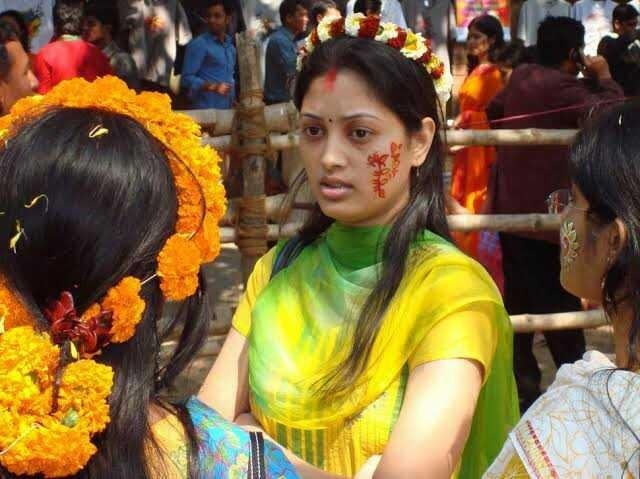
Bangla Academy, Nazrul Institute, Bangladesh Shilpakala Academy, Bangladesh Shishu Academy, Bangladesh National Museum, Chayant, Bulbul Lalitkala Academy, Bangladesh Small and Cottage Industries Corporation (BSCIC), Nazrul Academy, Liberation War Museums, Engineers Institution, etc. and organizations of the country's cultural organizations accept various programs. There are cultural programs, discussion meetings, colorful procession, Baishakhi fair etc. In these programs, special programs are organized on Bangladesh Betar and Teheli Pahela Boishakh. Apart from this, special supplements, including Bangaband, New Year and Bengali culture, have been published in newspapers.
In addition to the cultural movement, the first Boishakh added a new dimension to the political movement. During the then Ayub regime, during the first day of Baishakh, organized a New Year celebration of Raman Batamul of Chayant Ram in protest of the practice of opposing Rabindra Sangeet and Bengali culture. Later, this event received huge popular support and the Bengali New Year was celebrated with great enthusiasm towards the ideals of the Pakistani rulers and the ideals of the Bengali people. In the post-independence period, the celebration of Pahela Baishakh became a very important issue in the cultural field. Now Bangla New Year has become a national festival.
The 'Vaisabi' festival is celebrated in the joyous environment of the tribal belt of Rangamati, Bandarban and Khagrachari tribes in three hill districts of Bangla New Year and Chaitra. Vaisabi is the biggest festival of the mountains. Though this festival is known as Chakmaara Biju, Marmara Sangrai and Tripurara Beasuk, it is known as Vaasavi in the entire hill area. Origin of the word Vaisavi with the introduction of names such as Vasuk, Sangrai and Biju. In the last two days of the year and on the first day of the new year, the celebration of 'Biju' is celebrated annually. On the occasion of the anniversary of the anniversary and the anniversary of the new year, the hills have celebrated this three-day festival from the ancient times. On the occasion of the festival, various sports, cultural programs and indigenous fairs were organized in the hills.
On the New Year, Marma tribals organize traditional water festivals or play water. By taking the symbol of holy water, the Marmas sprinkle the water of young people and purify them. The water festival is very popular among the hills.
The mountains of the Chittagong Hill Tracts celebrate the Vaisabi festival in three parts. The name of the first day is Falbizu. On this day, the children dressed in flowers decorate the house. The second day is Murubizu. Today is the main event. Today, a variety of vegetarians are cooked in a variety of vegetables, named after them. This is one of the features of Vaisabi. Besides, various traditional cakes and confectionery are also made. For the guests this door is open to all the doors.
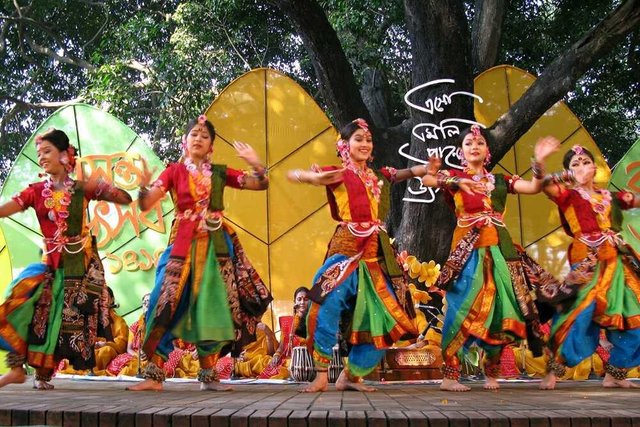
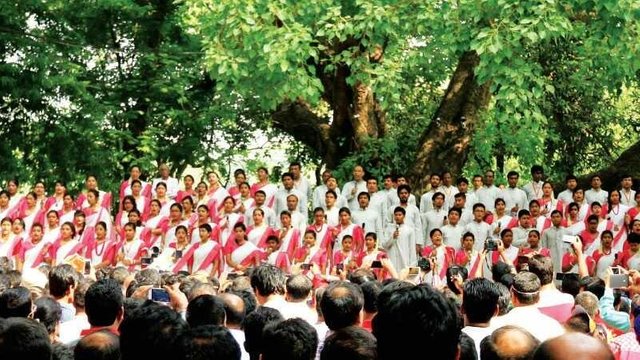
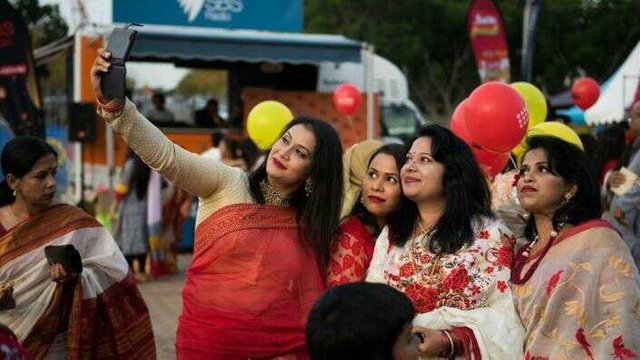
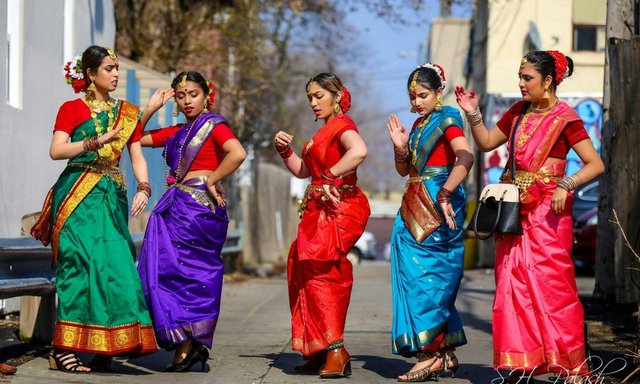
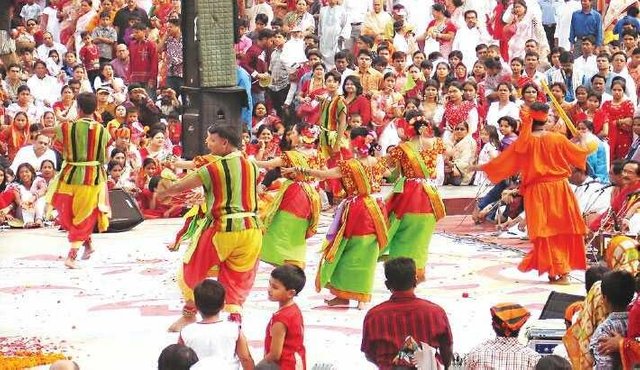
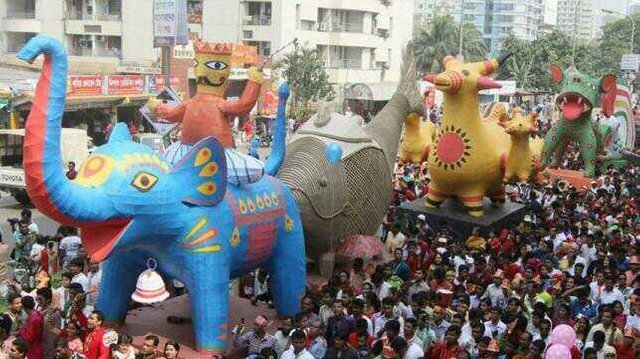
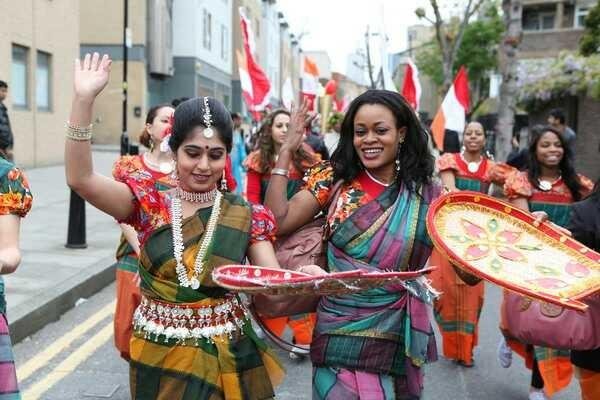
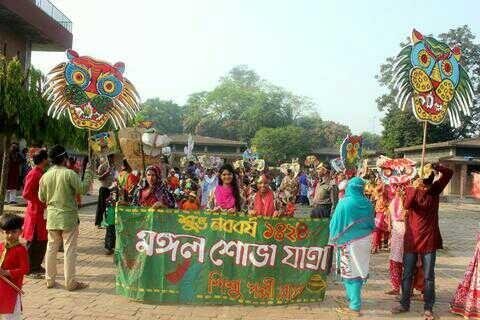
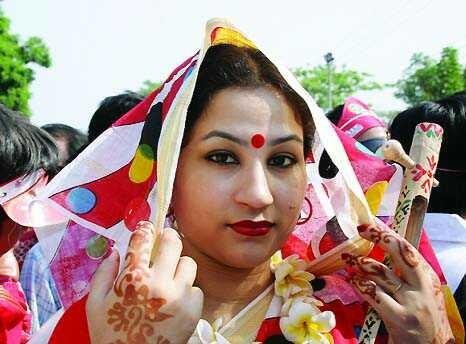
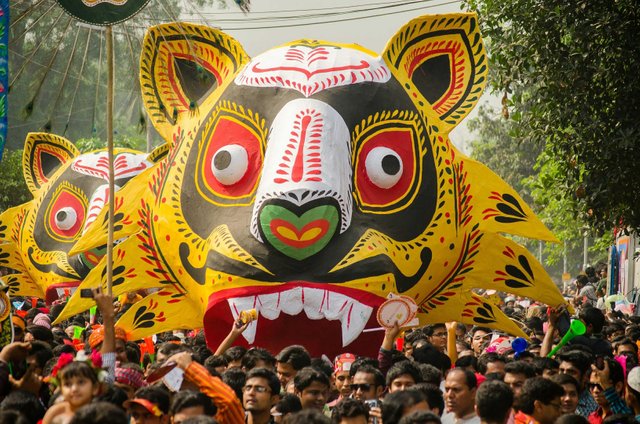
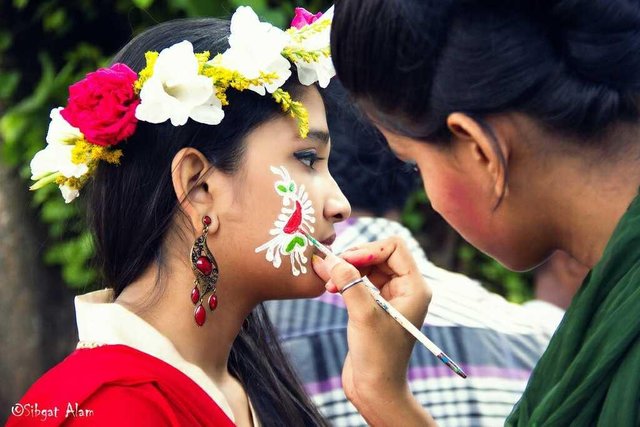
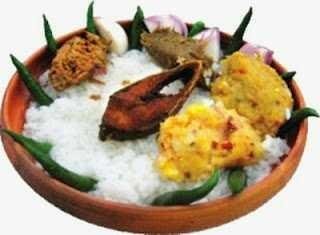

নববর্ষের শুভেচ্ছা রইল আপনার জন্য
নববর্ষের শুভেচ্ছা
Congratulations @shadin! You have completed some achievement on Steemit and have been rewarded with new badge(s) :
Click on any badge to view your own Board of Honor on SteemitBoard.
To support your work, I also upvoted your post!
For more information about SteemitBoard, click here
If you no longer want to receive notifications, reply to this comment with the word
STOP